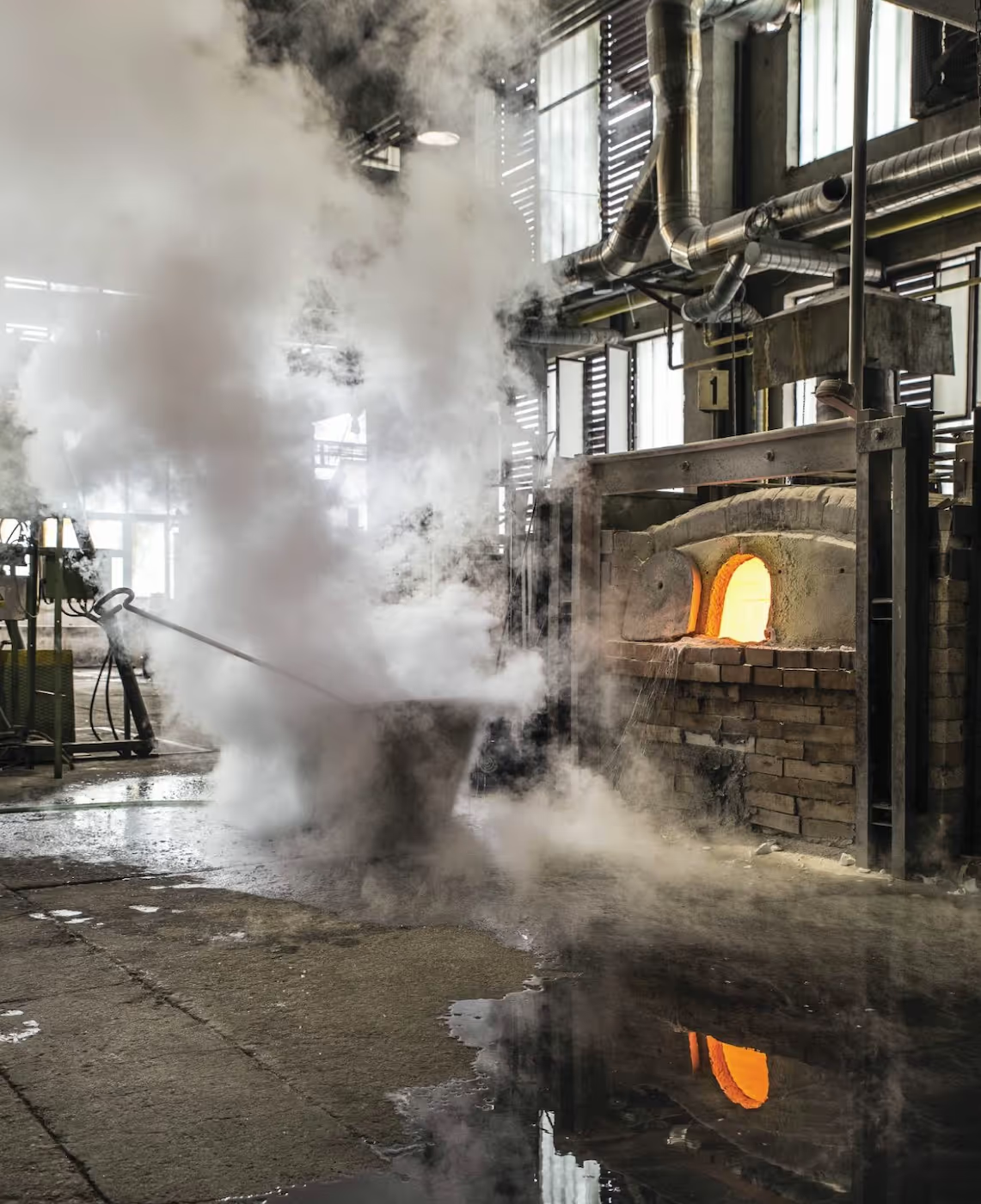production
Originating more than 2,000 years ago with the skilled artisans of ancient Syria, traditional glassblowing remains one of the most versatile and revered techniques for creating exquisite glass objects in a vast array of shapes and colours.
Each piece of BROKIS handblown glass lighting passes through the hands of more than 30 highly skilled craftsmen, whose expertise and dedication ensure the highest standards of quality and authenticity.
Step-by-step process
BATCH MIXING
Preparation of raw materials, based on silica sand with admixtures, into a fine powdered mixture known as a batch.

MELTING
The batch is melted in a furnace at approximately 1,400 °C for several hours. Once molten, the temperature is lowered to 1,200 °C to make the glass workable.

GATHERING
The glassmaker collects a portion of molten glass – a glowing, malleable mass called a gather – onto the end of a blowpipe.
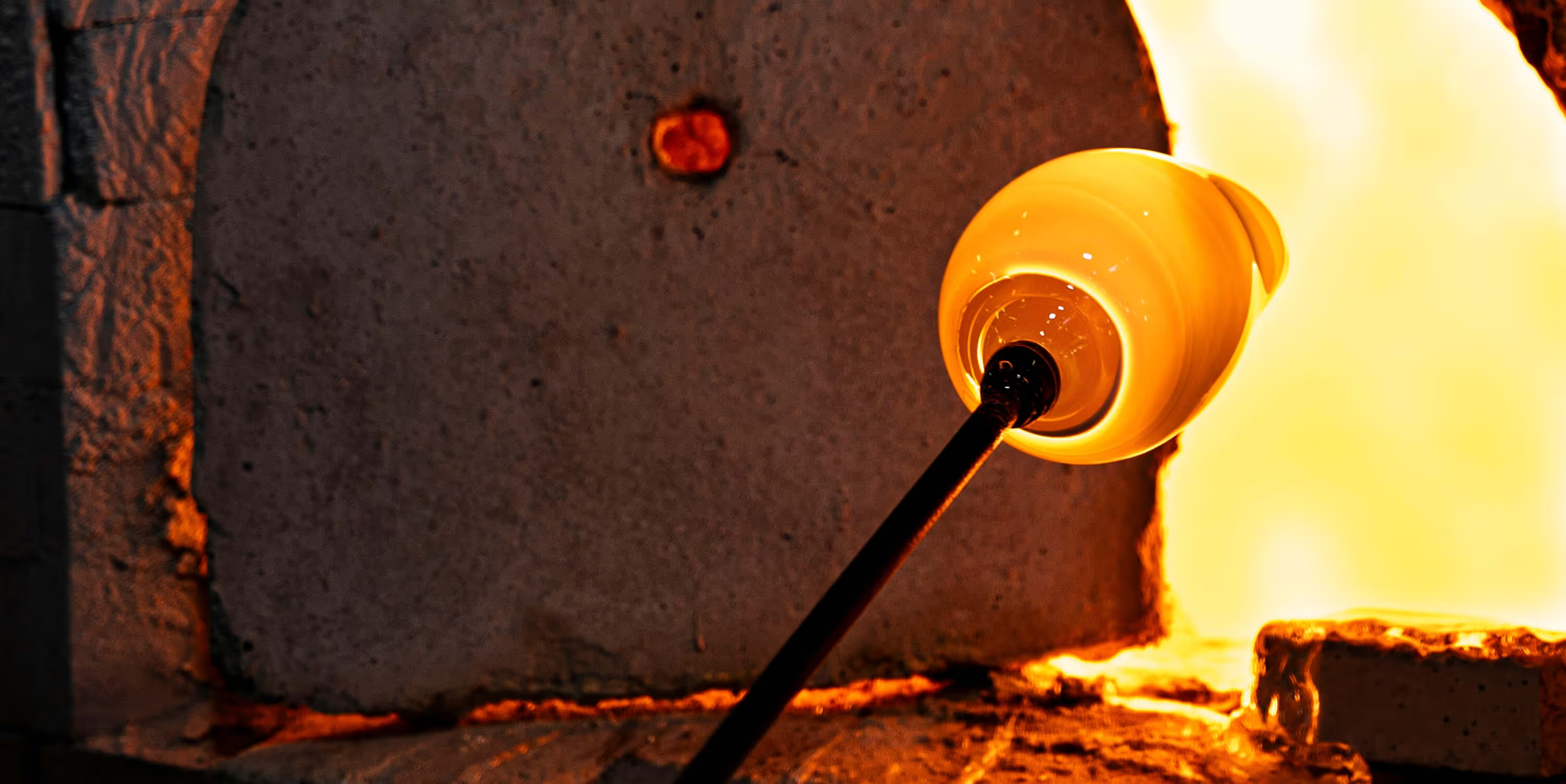
BLOWING
Initially, the glass is worked only by rotating the pipe. As additional layers are added, each from a different furnace, the glassmaker begins to blow into the pipe, inflating the gather into a parison.

MOULD BLOWING
To achieve its final form, the softened glass is placed in a mould and blown into shape.
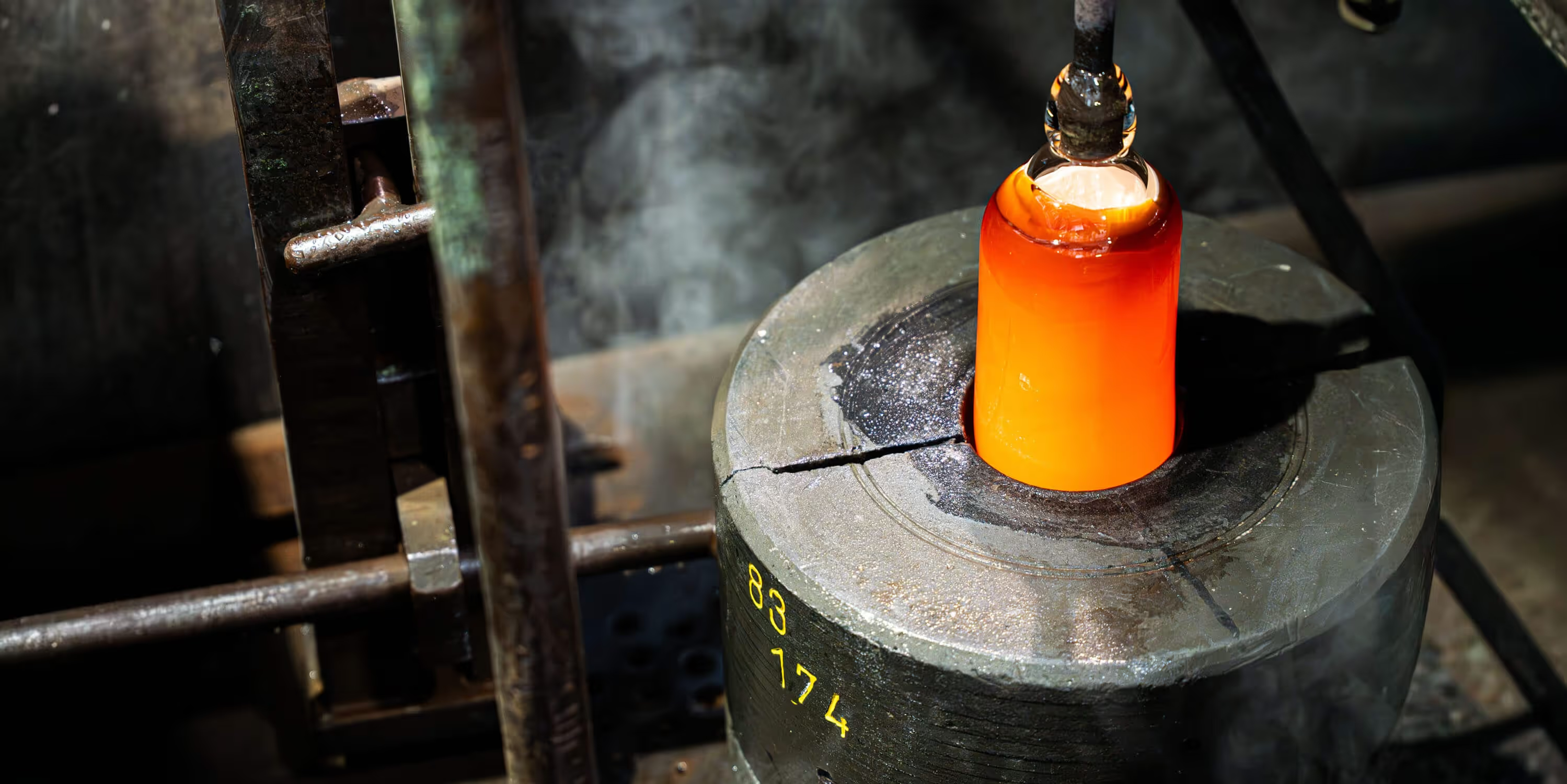
COOLING
Once shaped, the piece is detached from the blowpipe and placed in an annealing furnace for controlled cooling.
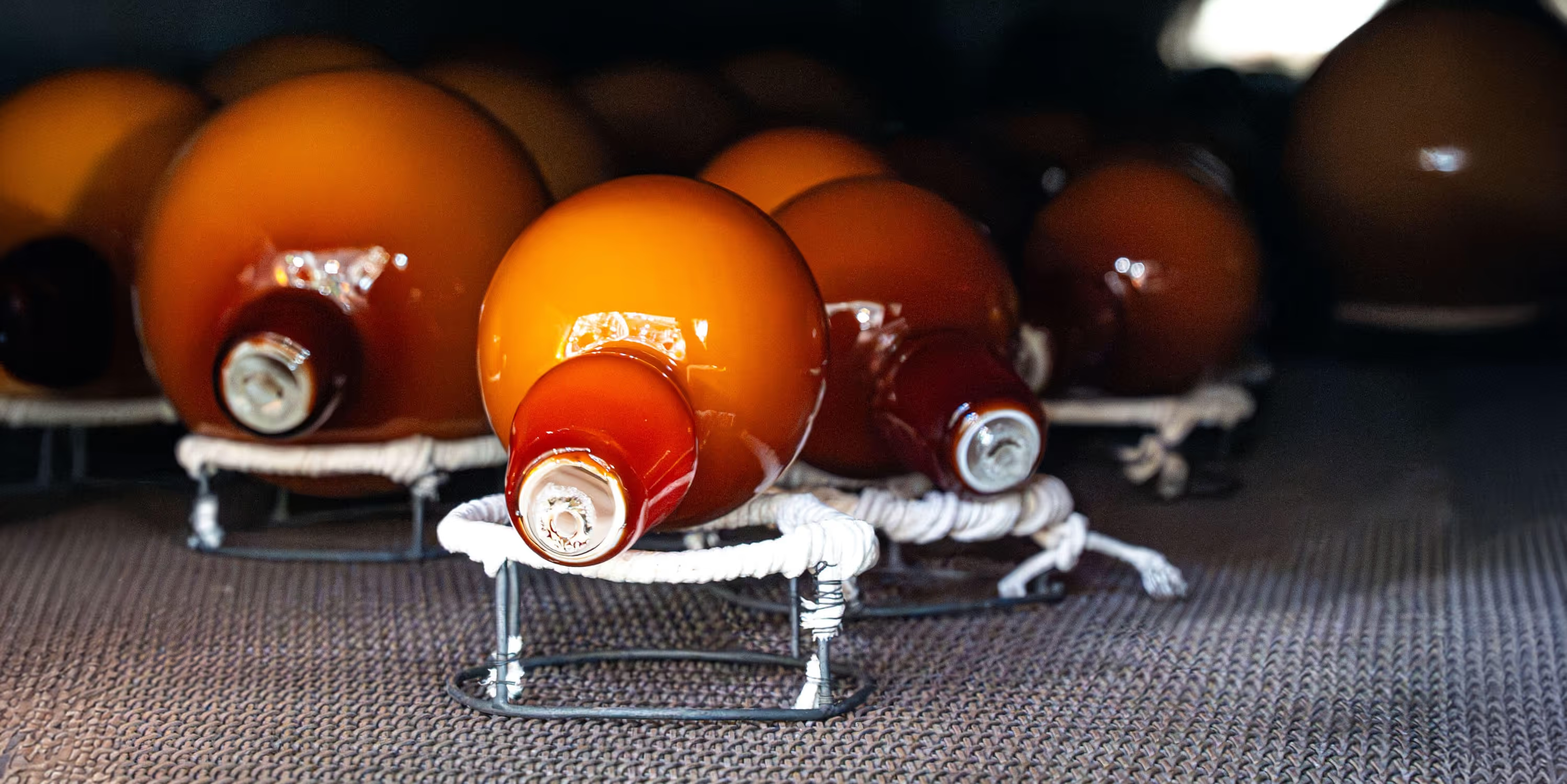
FINISHING
The cooled glass undergoes precise finishing stages, including cutting, drilling, grinding, polishing, washing, and matting.
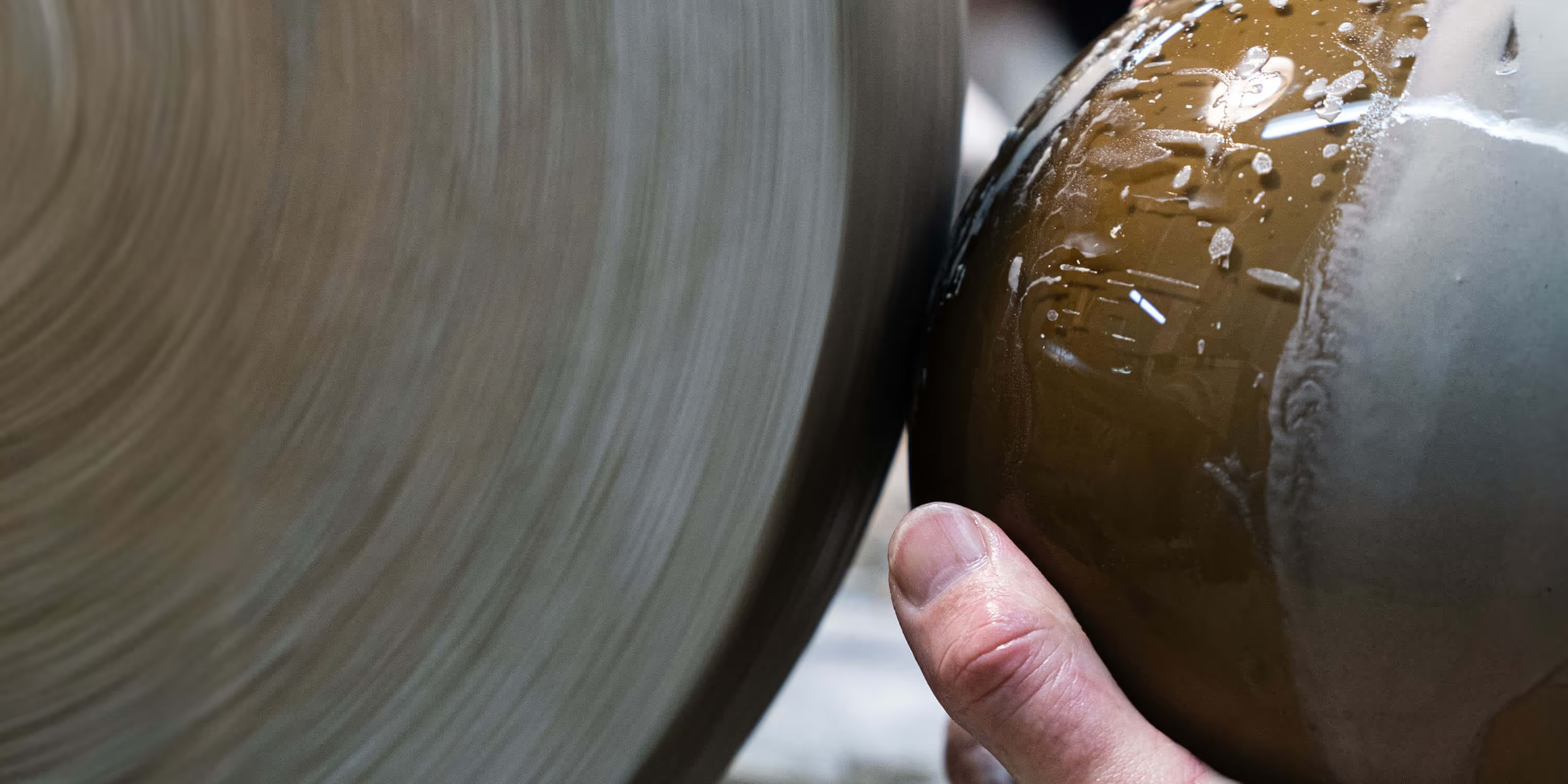
ASSEMBLY
In the final production phase, all components are expertly assembled by hand according to customer specifications.
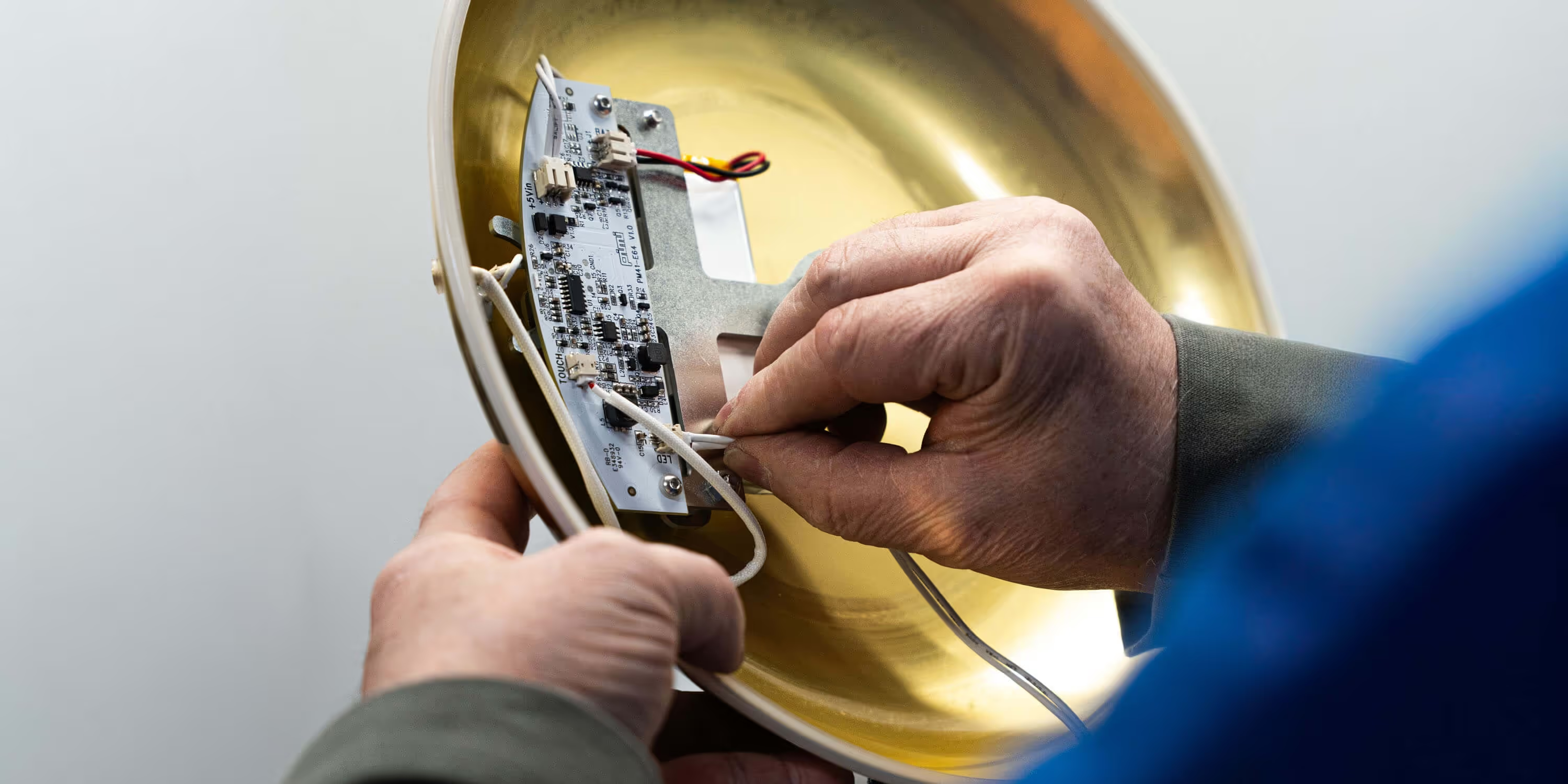
PACKAGING
The finished piece is carefully inspected, cleaned, and securely packed to ensure safe delivery to the customer.
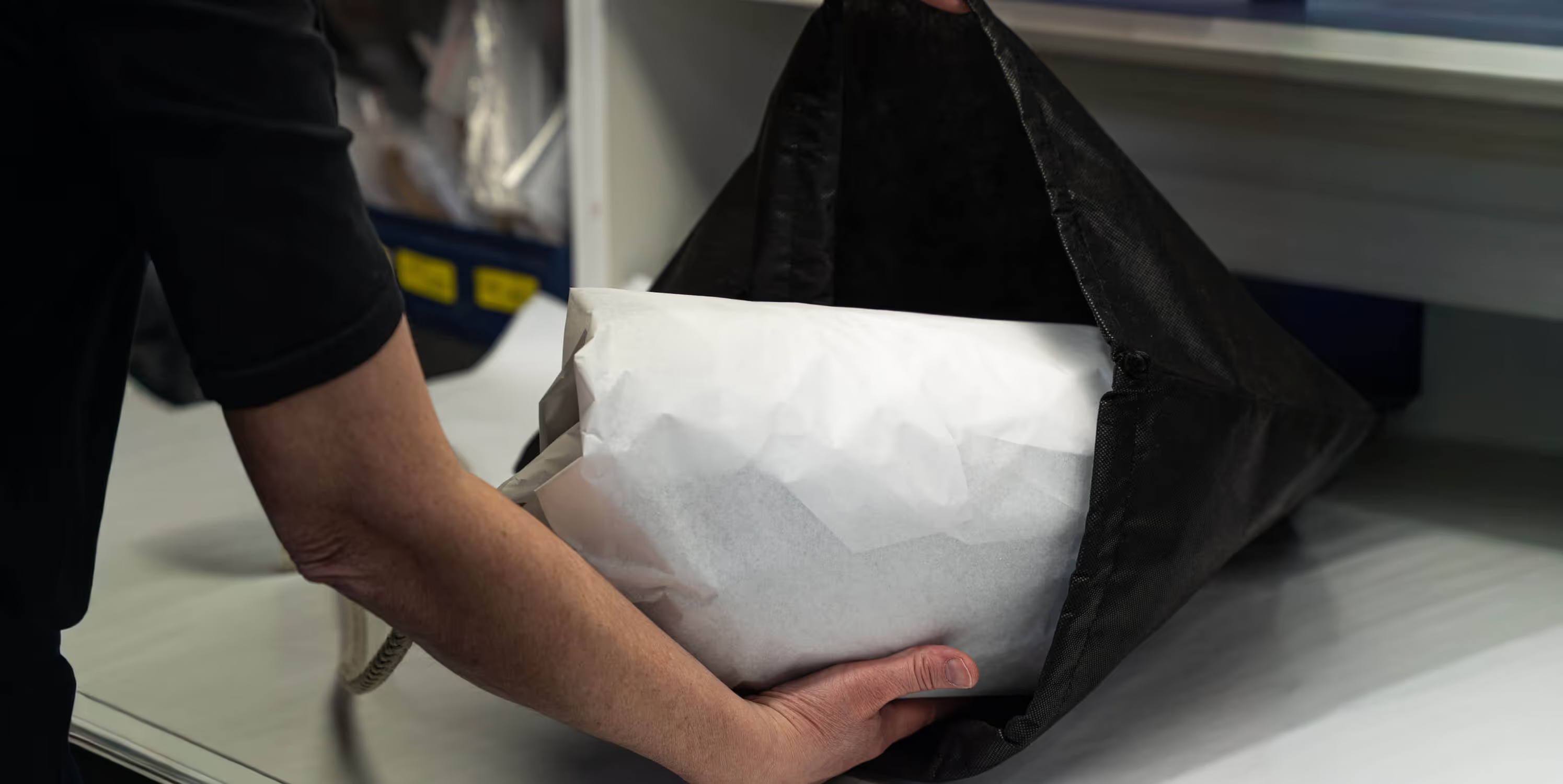
The process begins with the precise preparation of raw materials, combined into a fine powdered mixture known as a batch. Based on silica sand with admixtures of soda ash, limestone, and other ingredients, the exact formula is a closely guarded secret and varies according to the type of glass and the desired colours and properties. After being melted in a furnace at approximately 1,400 °C for several hours, the batch reaches a molten state. The temperature is then reduced to 1,200 °C to make the glass workable.
From here, the glassmaker collects a portion of the molten glass – a glowing, malleable mass known as a gather – onto the end of a blowpipe. At first, the glass is worked only by skilfully rotating the pipe. As additional layers are added, each drawn from a different furnace, the glassmaker begins to blow into the pipe as well, inflating the gather into a soc-called parison. Depending on the size and colour of the final product, this process may be repeated up to three times, with crystal always forming the first and last layers.
The creation of a single BROKIS light requires three to five artisans – two gathers, two blowers, and a tender – who collaborate as an independent production team known as a shop. Once the softened glass is ready, it is placed in a mould and blown into shape. After forming, the piece is knocked off the blowpipe and placed in an annealing furnace for controlled cooling, a crucial step that slowly releases residual internal stresses and gives the glass strength and stability.
Finally, the cooled glass undergoes meticulous finishing stages, including cutting, grinding, polishing, washing, and matting, each requiring exceptional craftsmanship. Only then is the final assembly completed according to customer specifications. By adhering to these traditional techniques, BROKIS ensures its production remains future-proof, allowing glassmakers to craft precise replacement parts years – or even decades – after the original purchase.
